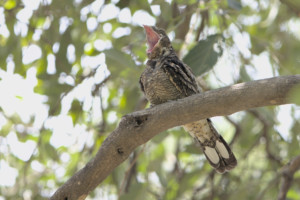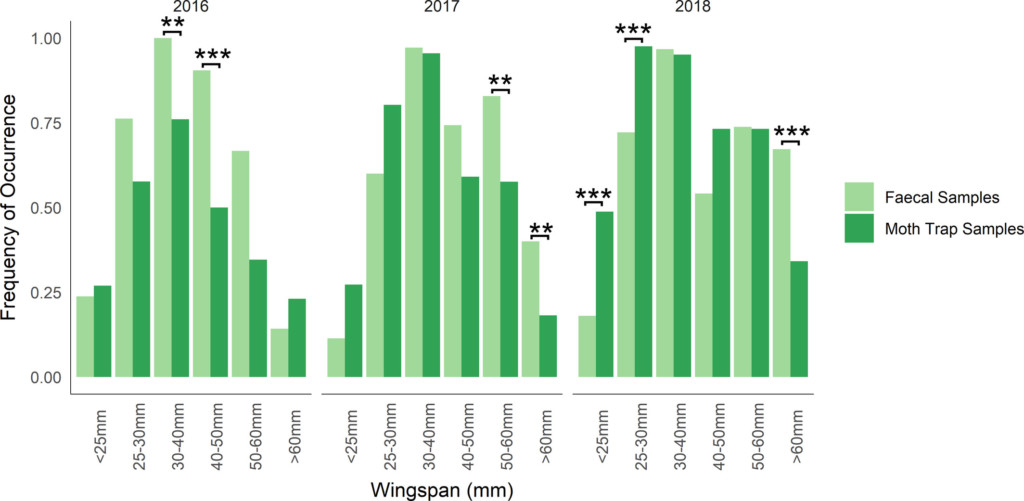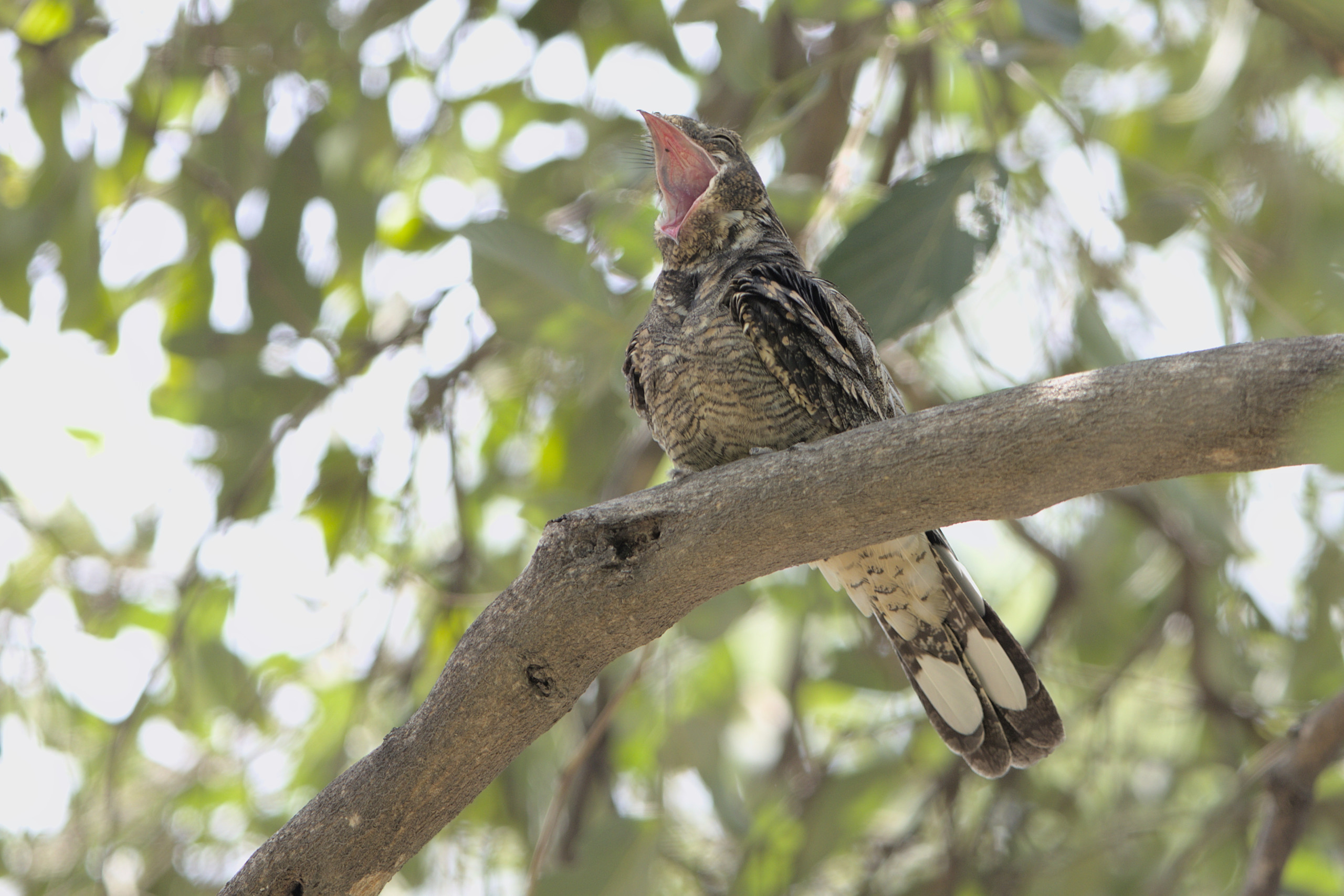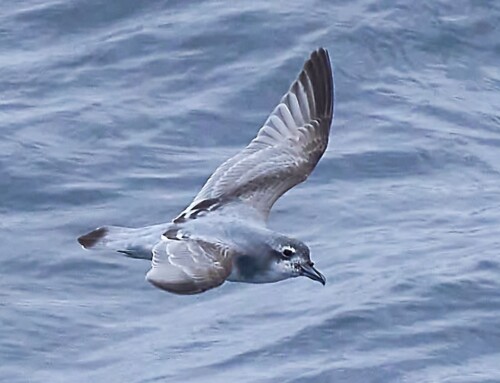
LINKED PAPER
Metabarcoding reveals selective dietary responses to environmental availability in the diet of a nocturnal, aerial insectivore, the European Nightjar (Caprimulgus europaeus). Mitchell, L. J., Horsburgh, G. J., Dawson, D. A., Maher, K. H., & Arnold, K. E. 2022. IBIS. DOI: 10.1111/ibi.13010. VIEW
People used to believe that Nightjars sucked the milk from goats. This mistaken idea gave rise to the Latin name Caprimulgus which translates to ‘goatsucker’. Nowadays, we know that these nocturnal birds don’t sneak up on goats, but mainly eat insects. However, it remains difficult to characterize their insect diet in more detail. Soft-bodied critters – such as small flies or moths – cannot be readily identified in the faeces of these birds. That is why a team of British ornithologists turned to another approach: DNA analyses of faecal samples with metabarcoding (Alberdi et al. 2018). This technique amplifies a particular genetic region that allows researchers to discriminate between prey species from a range of taxonomic groups (Clarke et al. 2014). Each species has its own unique genetic barcode.
Faecal samples
The researchers collected faecal samples of Eurasian Nightjars (Caprimulgus europaeus) at the Humberhead levels National Nature Reserve in South Yorkshire. The faeces – recognizable as “discrete curled pellets of between 3 and 8 mm in width” – were placed in sterile tubes with wooden toothpicks. Genetic analyses of these samples revealed that almost all of them (99%) contained traces of the insect order Lepidoptera (butterflies and moths). Other insect orders represented in the diet included Diptera (flies with a single pair of wings), Coleoptera (beetles) and Neuroptera (net-winged insects, such as lacewings). A varied diet with a clear preference for moths.

Figure 1. European Nightjars seem to have a preference for larger moth species (light green bars). In addition, the similarity between the moth species in the diet and in the area (dark green bars) suggests that this preference partly reflects the local availability of these moths.
Big moths
The preponderance of moths in the faecal samples probably reflects the local availability of these prey species and the specialist feeding style of the Eurasian Nightjar (Evens et al. 2020). A more detailed analysis of the moth diversity in the diet indicated a preference for bigger species (with a mean wingspan above 30 mm). Larger prey provide more energy per meal. Because Nightjars are twilight foragers, they only have small time window to hunt. Capturing big moths helps them to maximize their energy input (Schoener 2003). It might not be as nutritious as goat milk, but it is certainly a suitable strategy.
References
Alberdi, A., Aizpurua, O., Gilbert, M.T.P. & Bohmann, K. (2018). Scrutinizing key steps for reliable metabarcoding of environmental samples. Methods in Ecology and Evolution 9: 134– 147. VIEW
Clarke, L.J., Soubrier, J., Weyrich, L.S. & Cooper, A. (2014). Environmental metabarcodes for insects: In silico PCR reveals potential for taxonomic bias. Molecular Ecology Resources 14: 1160– 1170. VIEW
Evens, R., Conway, G., Franklin, K., Henderson, I., Stockdale, J., Beenaerts, N., Smeets, K., Neyens, T., Ulenaers, E. & Artois, T. (2020). DNA diet profiles with high-resolution animal tracking data reveal levels of prey selection relative to habitat choice in a crepuscular insectivorous bird. Ecology and Evolution 10: 13044– 13056. VIEW
Schoener, T.W. (2003). Theory of feeding strategies. Annual Review of Ecology and Systematics 2: 369– 404. VIEW
Image credits
Top right: Eurasian Nightjars (Caprimulgus europaeus) | Derek Keats | CC BY-SA 2.0 Wikimedia Commons
Blog posts express the views of the individual author(s) and not those of the BOU.
If you want to write about your research in #theBOUblog, then please see here





